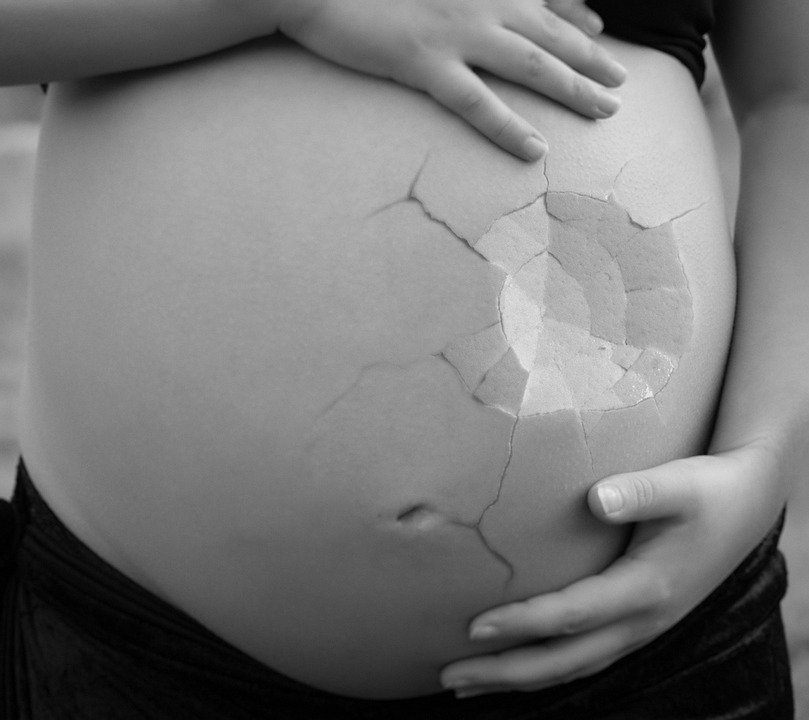
Osteoporosis is a common but often misunderstood medical condition that affects millions of people worldwide. Often referred to as the “silent disease”, osteoporosis is a condition that weakens bones, making them fragile and more susceptible to fractures. While it may not cause any symptoms in its early stages, osteoporosis can lead to serious complications if left untreated.
To better understand osteoporosis, it is important to first understand how bones are formed and maintained in the body. Bones are made up of a dense outer layer called cortical bone and a spongy inner layer called trabecular bone. Throughout our lives, our bones are constantly being broken down and rebuilt in a process known as remodeling. This process is regulated by hormones and other factors in the body to ensure that bones remain strong and healthy.

However, as we age, our bodies may not be able to rebuild bone as quickly as it is broken down, leading to a decrease in bone density and strength. This loss of bone density is what leads to osteoporosis. Factors such as genetics, hormonal imbalances, and lifestyle choices like diet and exercise can all contribute to the development of osteoporosis.
One of the most concerning aspects of osteoporosis is that it is often asymptomatic in its early stages. This means that many people may not realize they have the condition until they experience a fracture or break a bone. Common sites for fractures in people with osteoporosis include the hip, spine, and wrist. These fractures can be painful and debilitating, and may even require surgery or long-term care.

There are several risk factors that can increase a person’s likelihood of developing osteoporosis. These include:
– Age: The risk of osteoporosis increases with age, particularly in postmenopausal women.

– Gender: Women are more likely than men to develop osteoporosis, especially after menopause.
– Family history: Having a family history of osteoporosis or fractures can increase your risk.
– Hormonal imbalances: Low levels of estrogen in women and testosterone in men can contribute to bone loss.
– Poor diet: A diet low in calcium and vitamin D can weaken bones and increase the risk of osteoporosis.
– Lack of exercise: Physical inactivity can lead to loss of bone density and strength.
– Smoking and excessive alcohol consumption: These habits can weaken bones and increase the risk of fractures.
Diagnosis of osteoporosis is typically done through a bone density test, also known as a DEXA scan. This test measures the density of bones in the hip and spine and can help determine if a person has osteoporosis or is at risk for developing it. Treatment for osteoporosis usually involves a combination of lifestyle changes, medications, and sometimes surgery.
Preventing osteoporosis starts with maintaining a healthy lifestyle that includes a balanced diet rich in calcium and vitamin D, regular exercise, and avoiding smoking and excessive alcohol consumption. It is also important to speak with your healthcare provider about your risk factors for osteoporosis and to have regular screenings to monitor your bone health.
In conclusion, osteoporosis is a common and serious medical condition that affects millions of people worldwide. Understanding the causes and risk factors for osteoporosis, as well as how to prevent and treat it, is essential for maintaining strong and healthy bones as we age. By taking proactive steps to protect our bone health, we can reduce our risk of developing osteoporosis and enjoy a better quality of life.

Discover more from Bibliobazar Digi Books
Subscribe to get the latest posts sent to your email.


